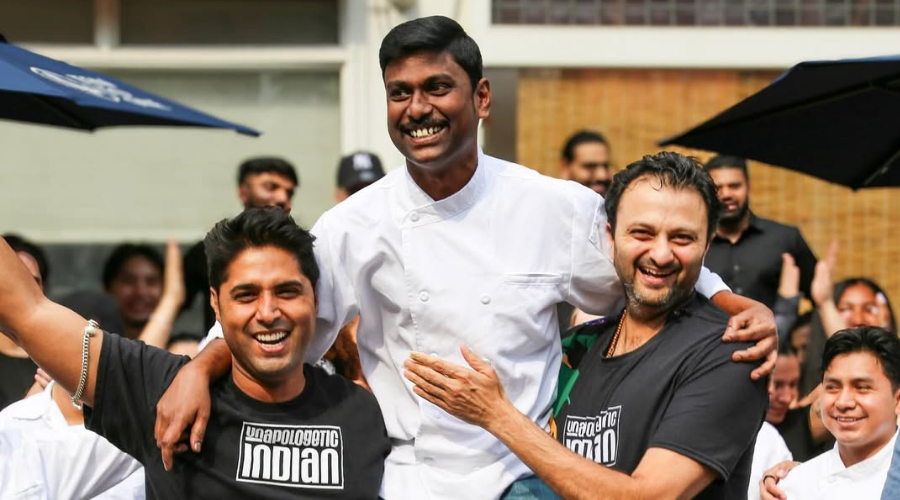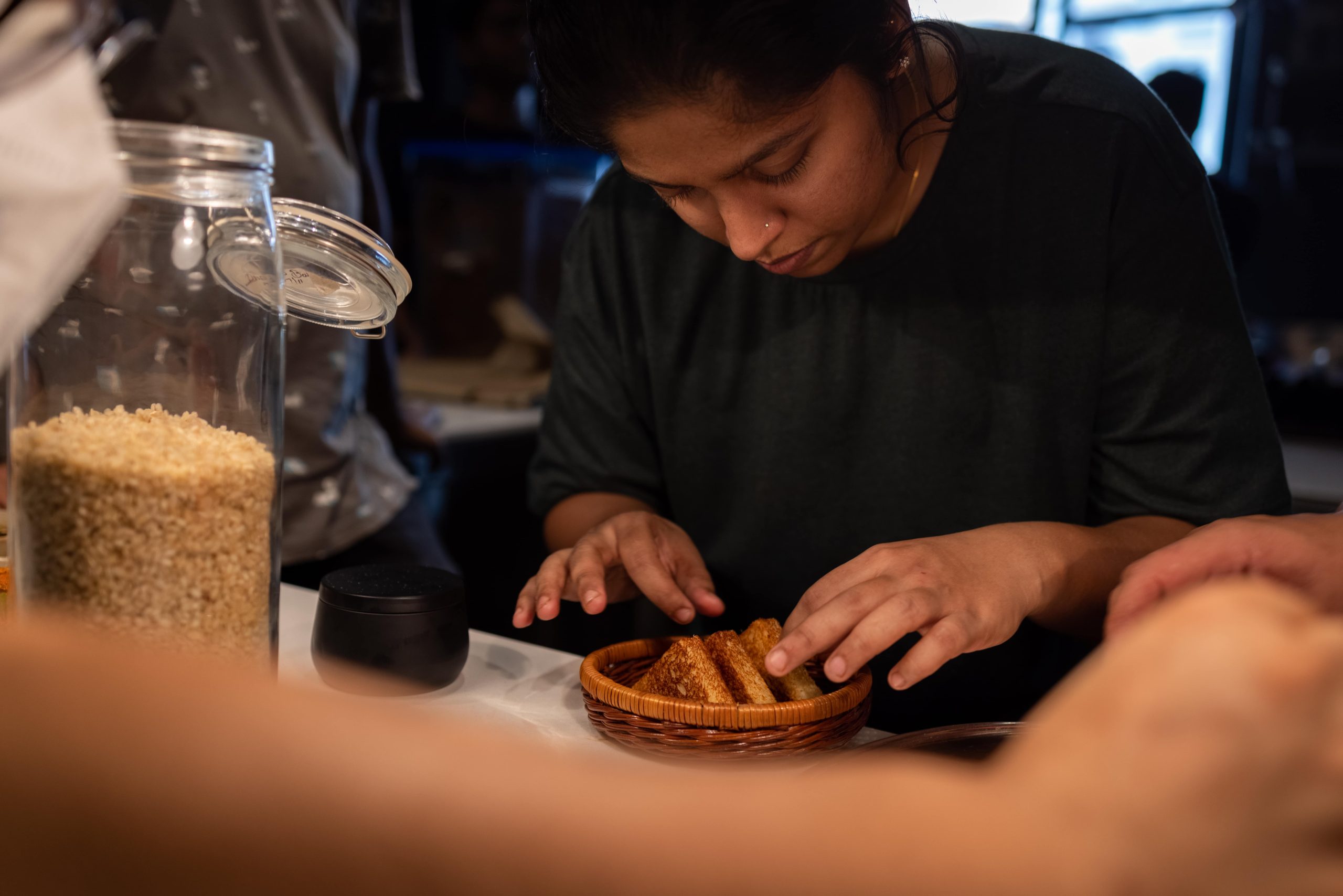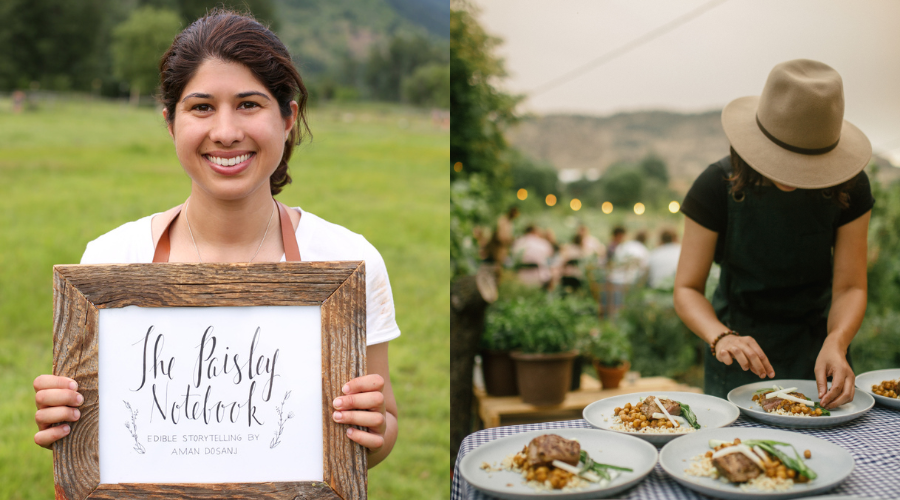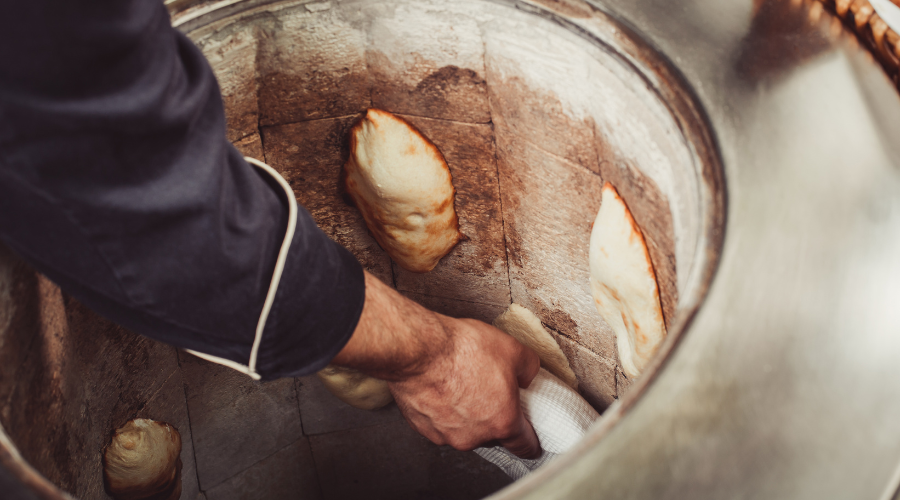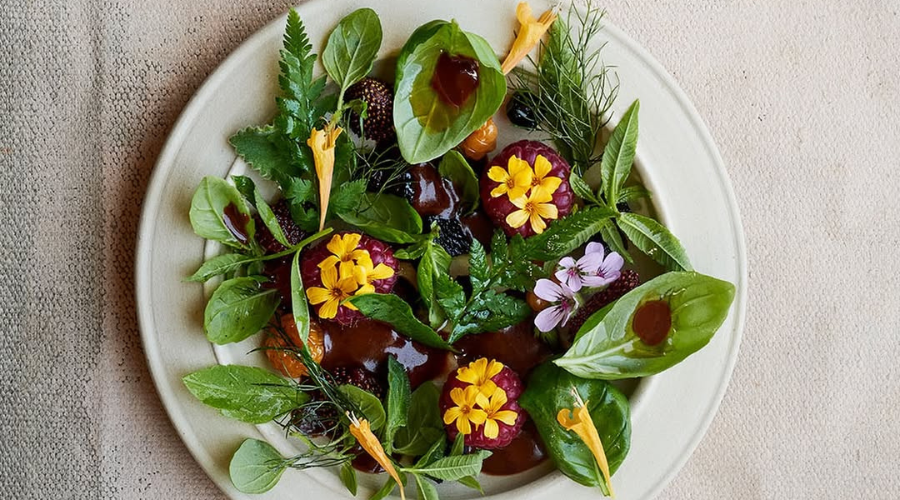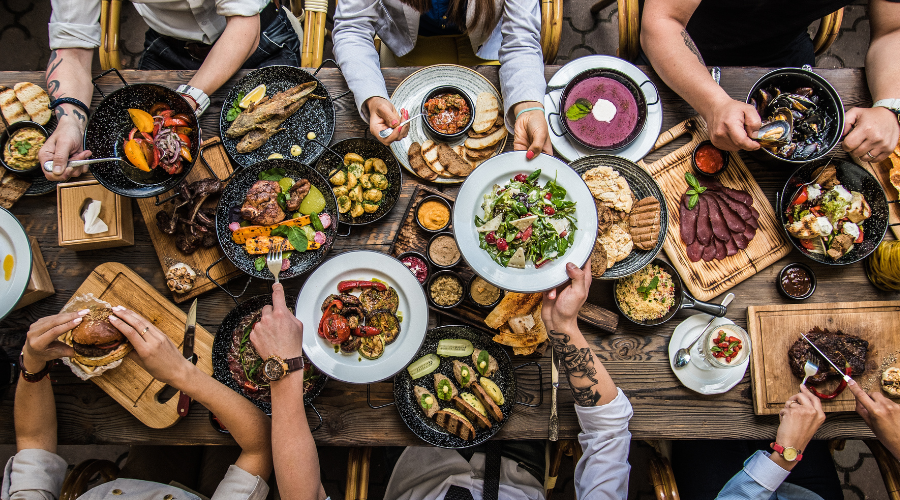“When I serve a meal at Semma, what lands on your plate is not just great food but my childhood on a plate,” said Chef Vijaya Kumar, the star chef behind Semma, New York City’s only Michelin-starred Indian restaurant. In June, Kumar was also awarded the James Beard Award for the best chef in NYC.
“When you come to Semma, you eat food that I grew up eating in a small village of Tamil Nadu. No frills but dishes that bring to you the love, warmth, and simplicity of my childhood,” added Kumar in an exclusive chat with Outlook Traveller Eats.
About Kumar: From Natham To New York City
Born and raised in the Natham village of Madurai, Kumar comes from humble beginnings that have shaped his journey as a chef. After completing a three-year diploma program at the State Institute of Hotel Management (IHM), Kumar joined Taj Connemara, Chennai. After a three-year stint, he got an opportunity to work at Dosa in San Francisco, followed by a tenure at Rasa, a contemporary Indian restaurant in California, where he also received his first Michelin star.
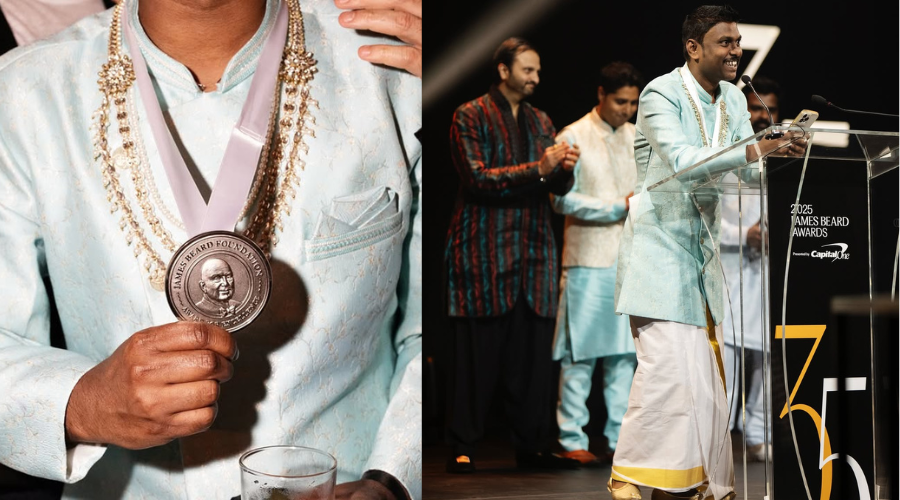
“After cooking improvised and contemporary South-Indian food for years, I knew that it was time for me to represent and do justice to the cuisine and food I grew up eating,” said Kumar. He then met restaurateurs, Roni Mazumdar and Chintan Pandya, who became his partners and allowed him to put his region’s unapologetic and humble food on Semma’s menu.
“Food is a powerful way to bring people together. My aim with Semma is to bring to the world the effort that our mothers in India put into home-cooked food,” said Kumar. He also wanted to do away with the global understanding of Indian food, which limits it to butter chicken and dal makhani. “How many Indians know five other dishes from South India’s fare besides idli and dosa?” Kumar questioned.
Food At Semma
“Food at Semma is the food of millions of people who grew up in families like mine and ate the way I did. Each dish has a story,” said Kumar. A signature dish from the menu includes the Nathai Pirattal, a Tamil snail curry. Kumar spent his summer vacations growing up fishing, hunting, farming, and catching snails with his grandparents. “There used to be no TV to entertain us, so we spent all our time in the paddy fields. She would set up a stove in the middle of the field with wood, a mud pot, simple spices and the snails I had caught to prepare the best Nathai Pirattal I have had to date,” recounted Kumar.
He also mentioned how he never discussed the dish with his friends in school because he feared being judged. “In India, we are constantly associating class with food, and I thought eating snails was a sign of being poor,” said Kumar. Only after he came across a French delicacy called escargots could he freely talk about his grandmother’s culinary adventures with the snail.
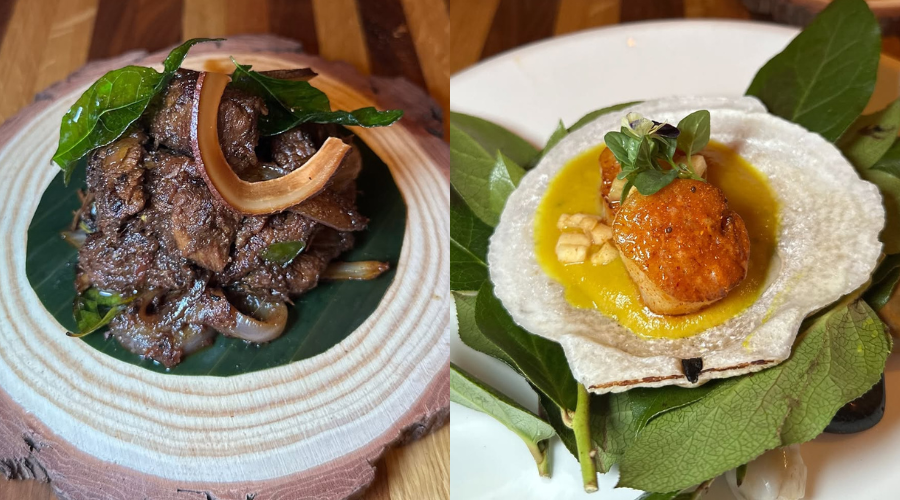
Another dish, Kudal Varuval, is crisp, with fried goat intestines in red-chilli masala and banana blossoms. It returns to Kumar’s mother, who meticulously picked the meat for all her dishes, and got a complimentary goat intestine. She would turn that into a flavourful dish, a version of which finds place at Semma’s menu today.
Mulaikattiya Thaniyam, a simple and nutritious dish made with sprouts and moong, was the first thing Kumar’s mother prepared for him when he returned from school. “After spending a tiring day at school, like any other kid, I came home starving, and my mother would whip up this dish in a moment. You must try it whenever you visit Semma,” recommended Kumar.
He emphasised using authentic ingredients like kalpaasi (black stone flower), poppy seeds, Marathi moggu (a type of caper), and curry leaves that are intrinsic to the cuisine and make the food flavourful and authentic. “Just because we are a restaurant that has won many accolades and are based in the West, we don’t need to use ‘fancy’ ingredients like caviar or truffle that don’t work for our food,” laughed Kumar.
The Future Of Indian Cuisine In The World
Talking about the representation of Indian food on a global stage, Kumar mentioned that it was about time our country’s culinary richness and diversity found its place on the world stage. “We have overlooked our cuisine and compromised our true flavours to suit the palate of others, but it is now time to stand tall for our cuisine,” added Kumar.
He also mentioned how the misconception about the West’s palate being averse to spicy food has been proven wrong by his customers. “On average, 1,400 people are waiting to get a table in our 65-seater restaurant every day, and not even a single dish on the menu has been spiced down or made creamier and milder from its original flavours,” said Kumar.
According to him, to create its own identity, those representing Indian food must stop trying to fit it into someone else’s mould and teasing their palate. “To be true to your land, you must first be true to its food,” concluded Kumar.
